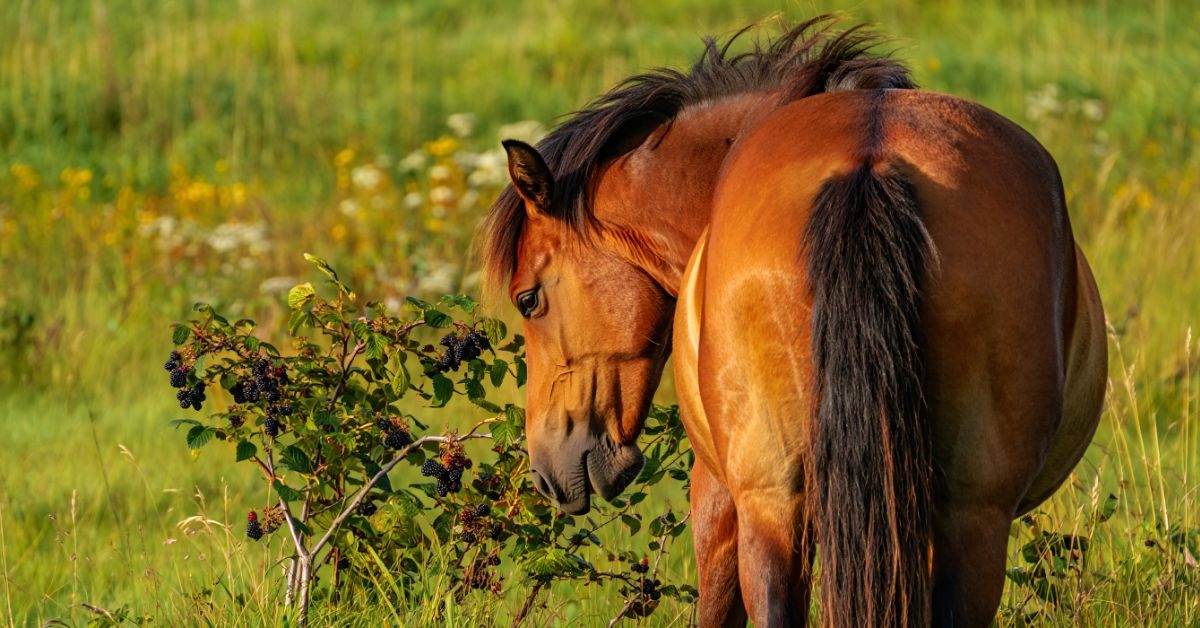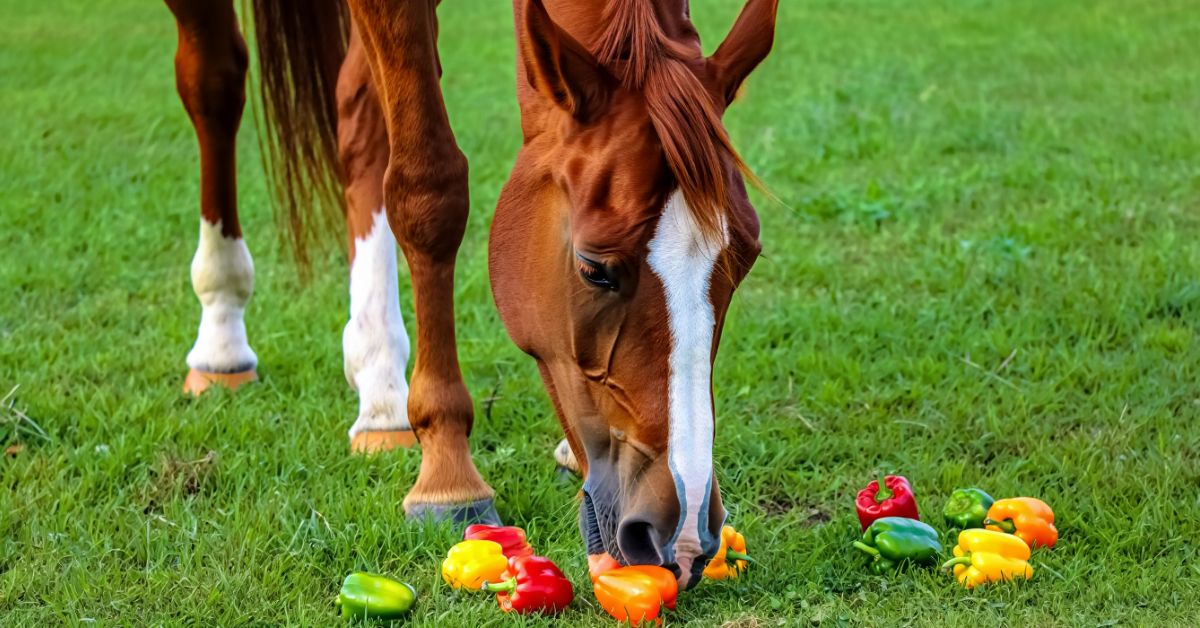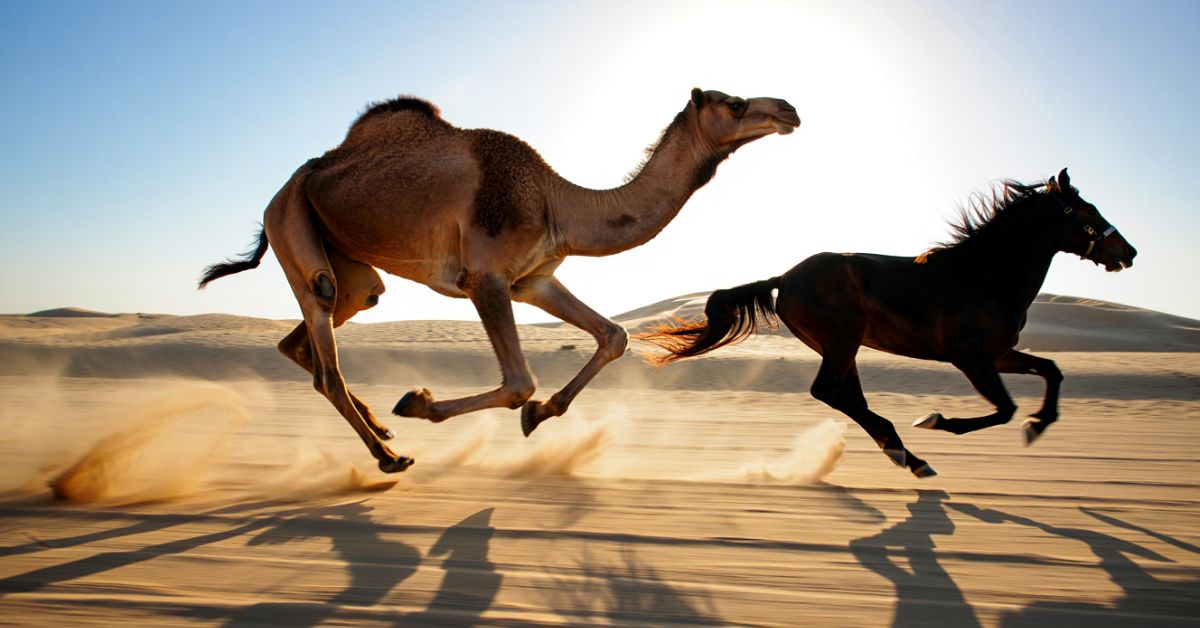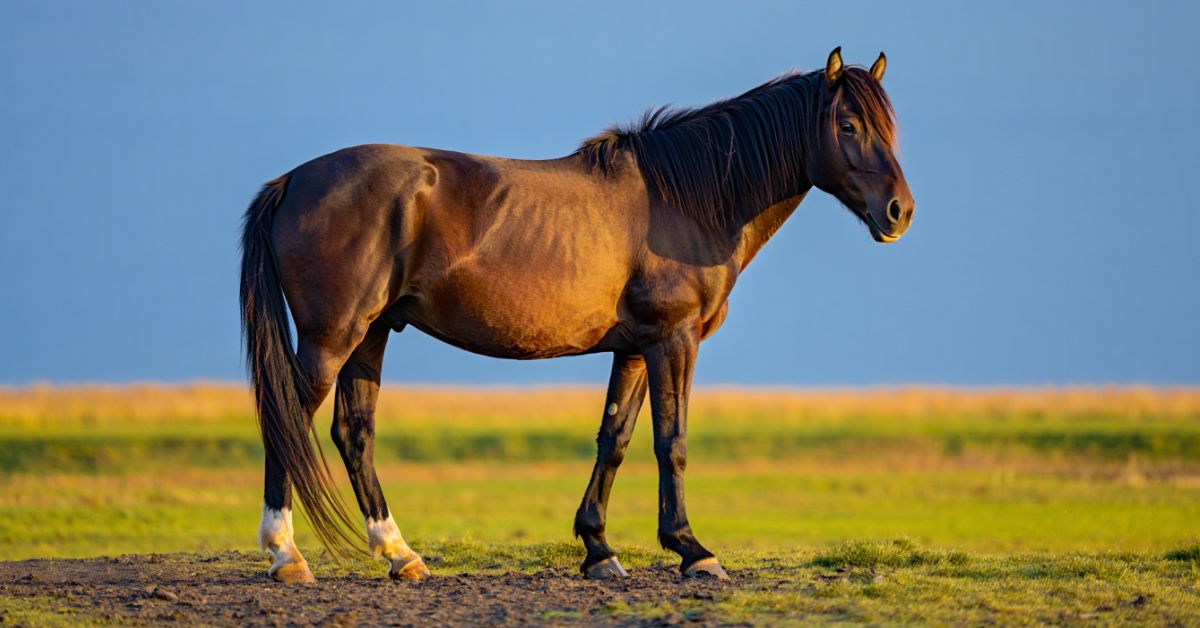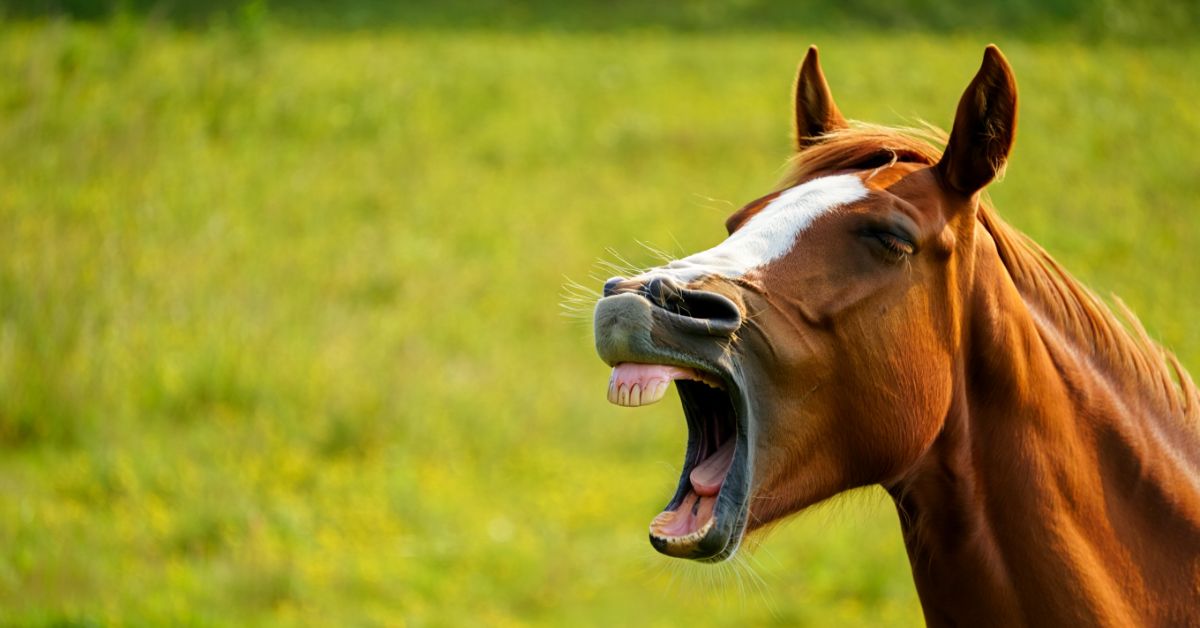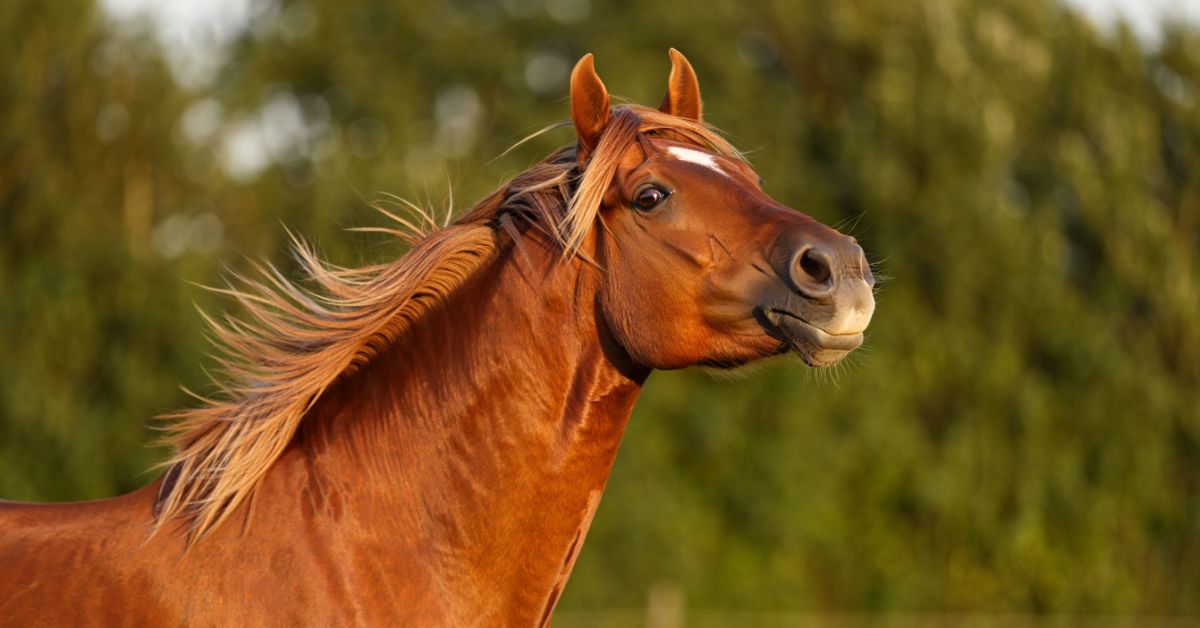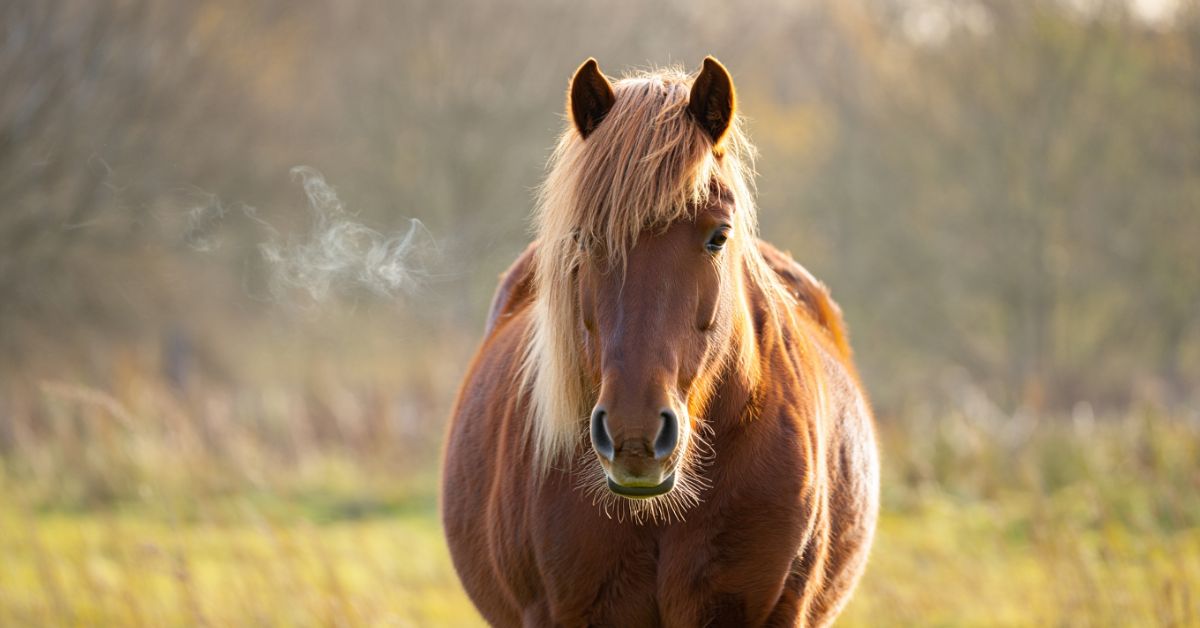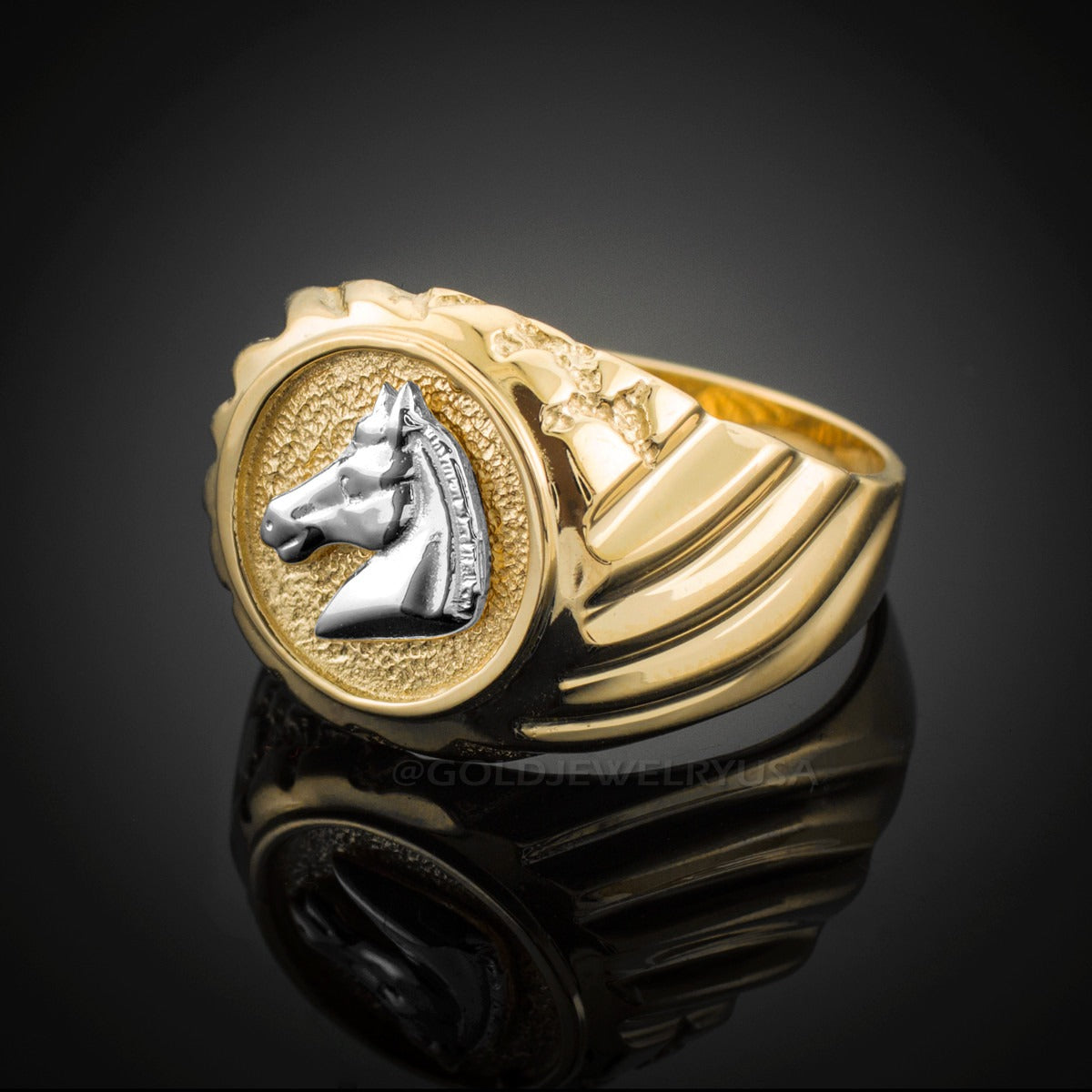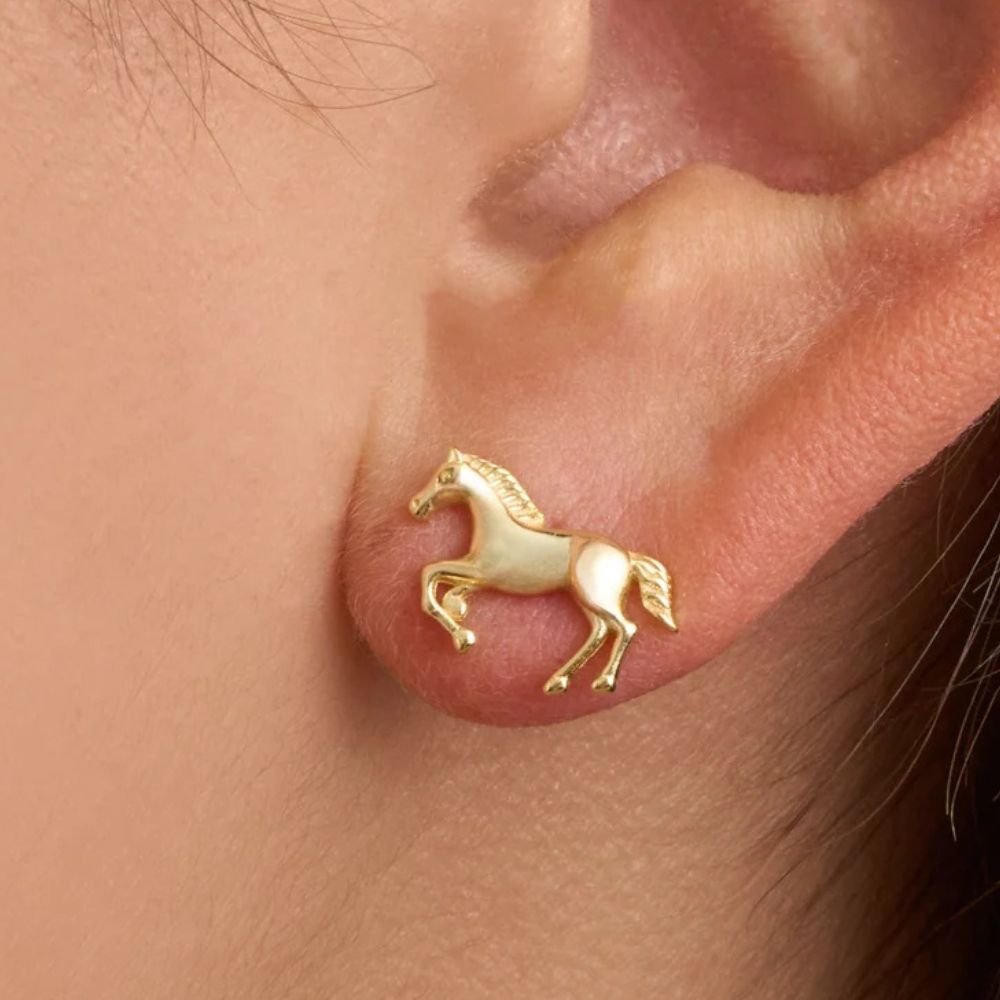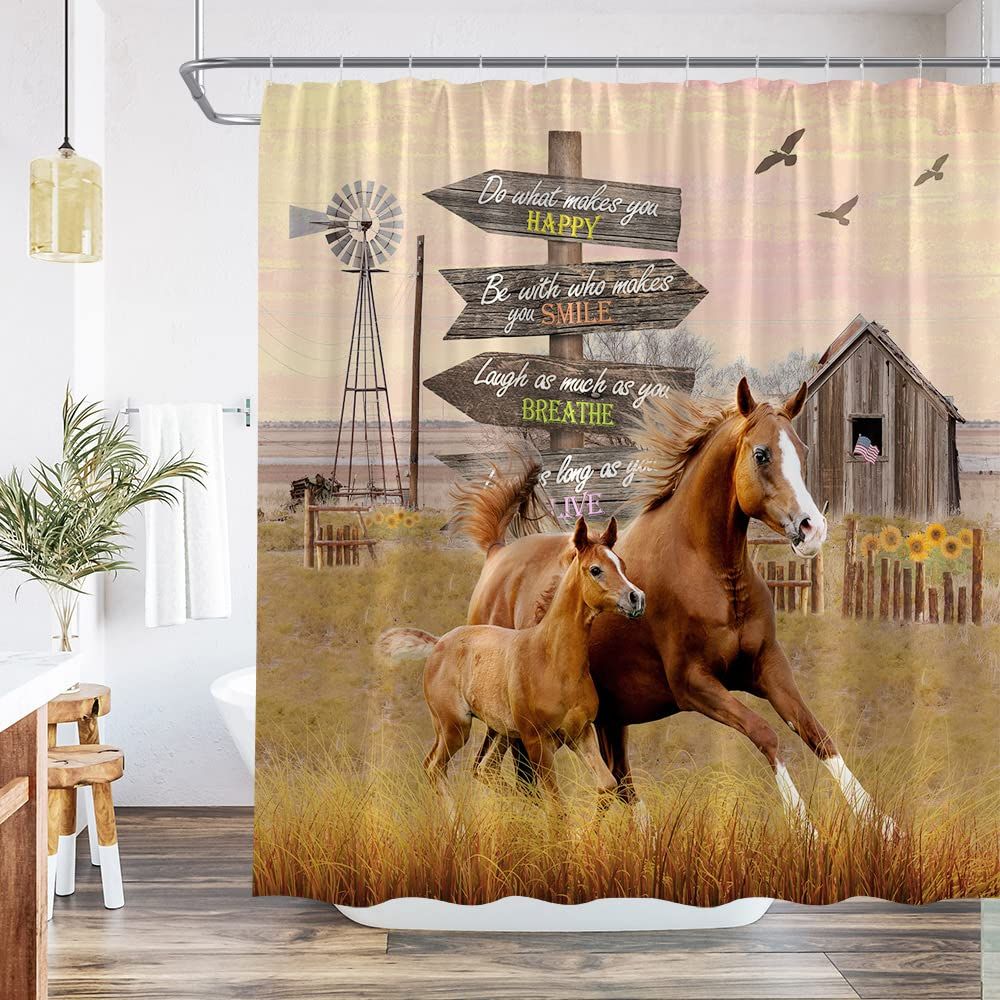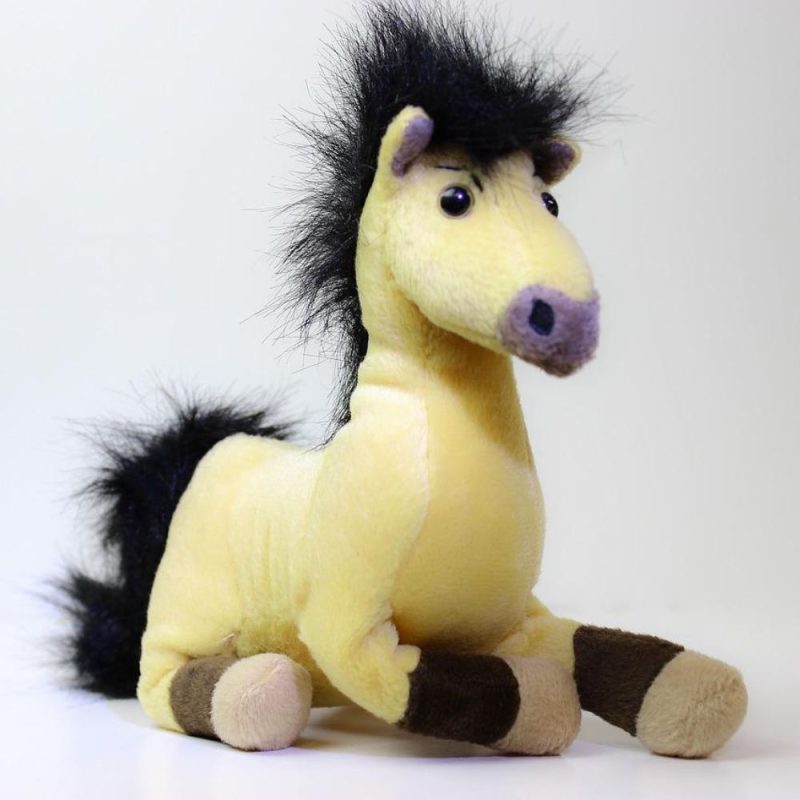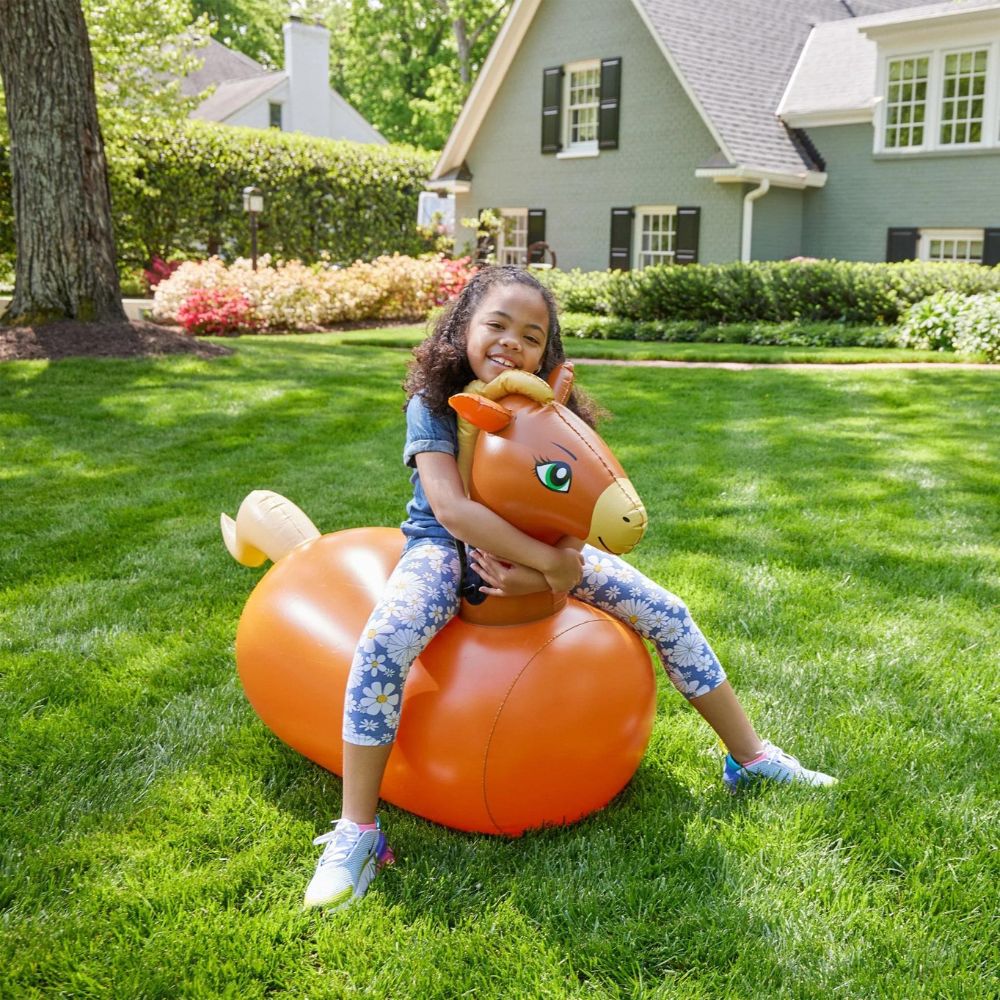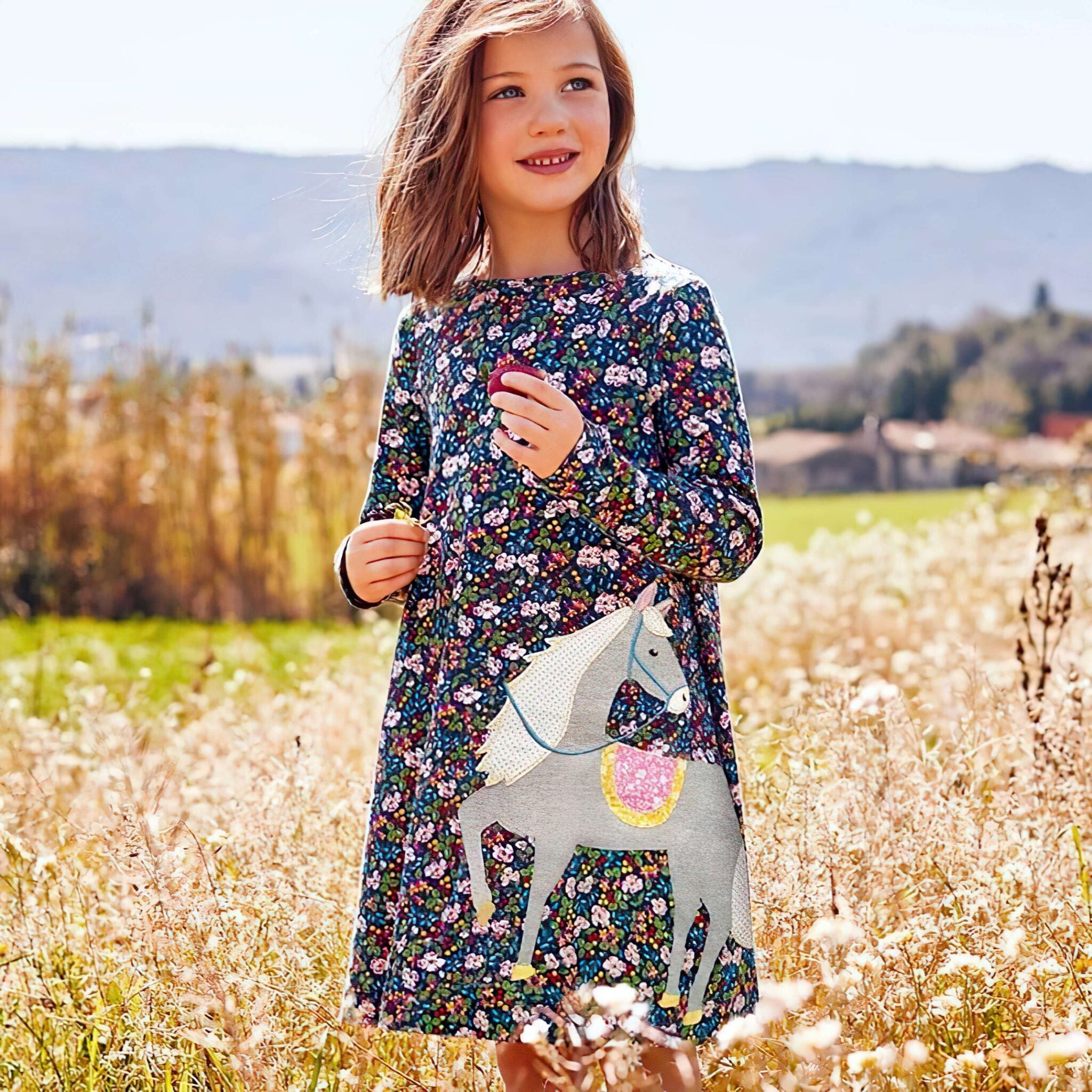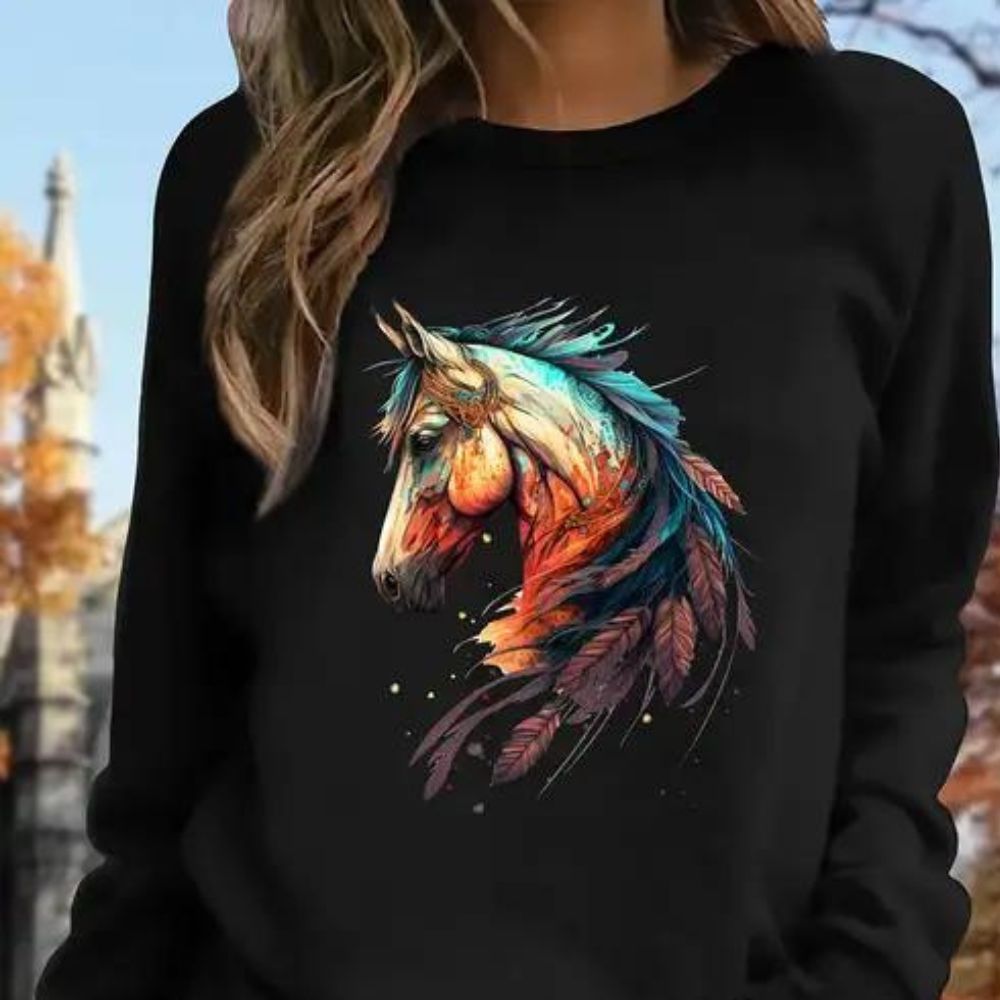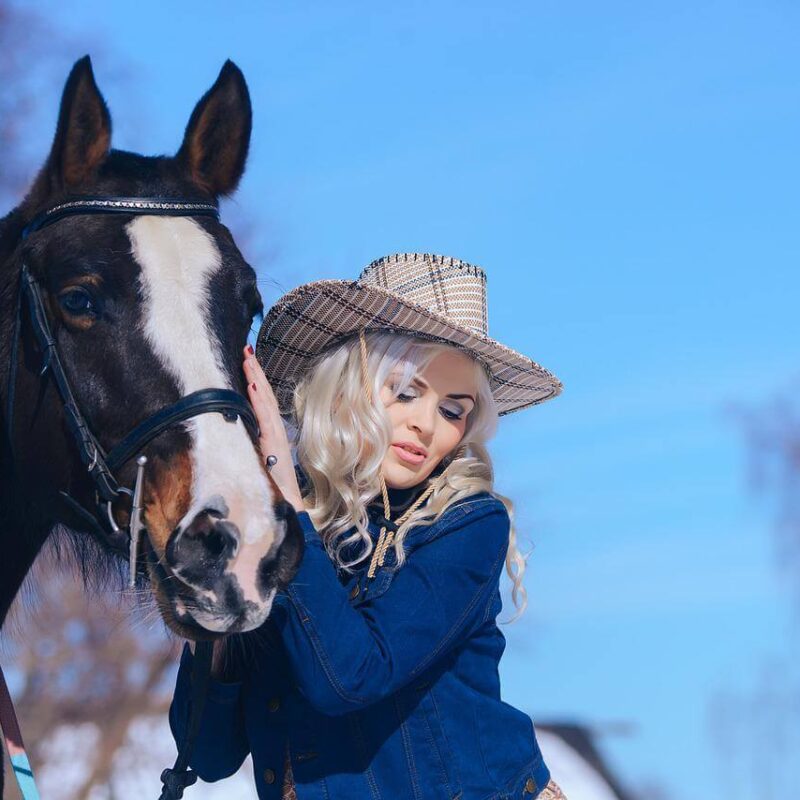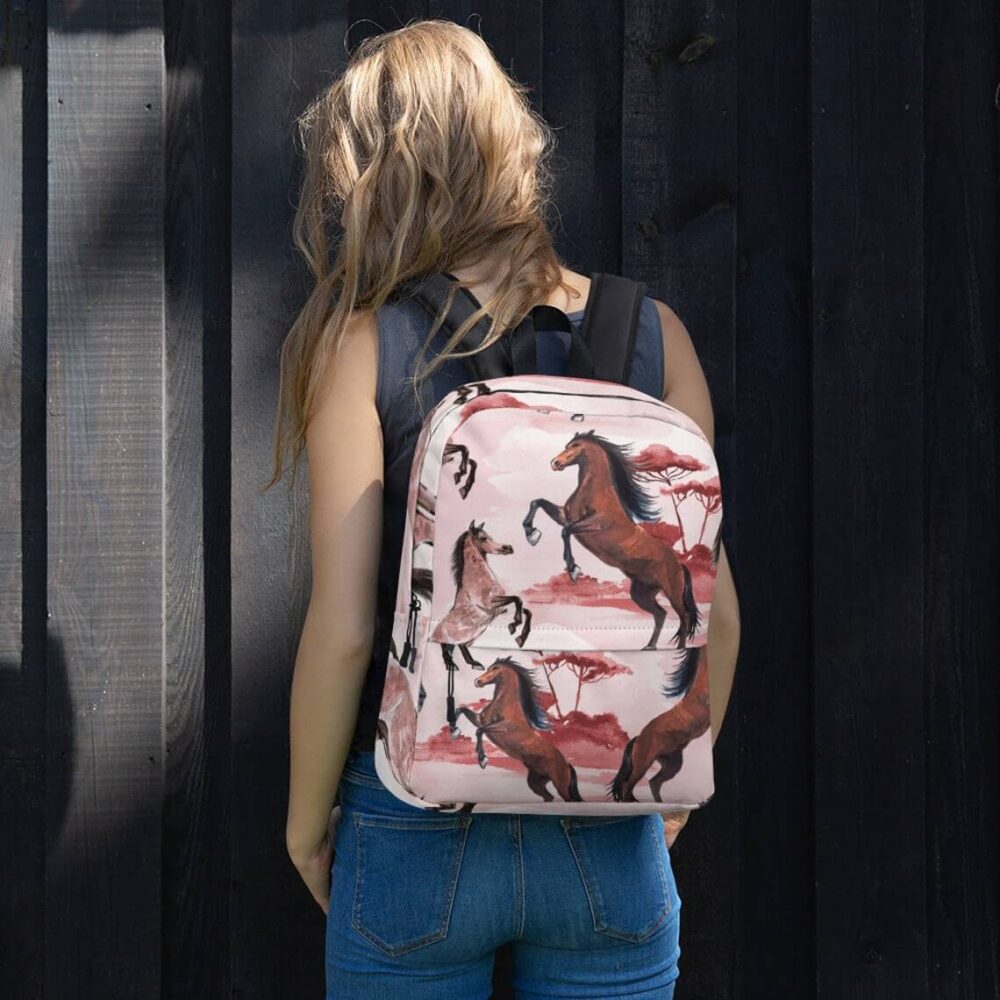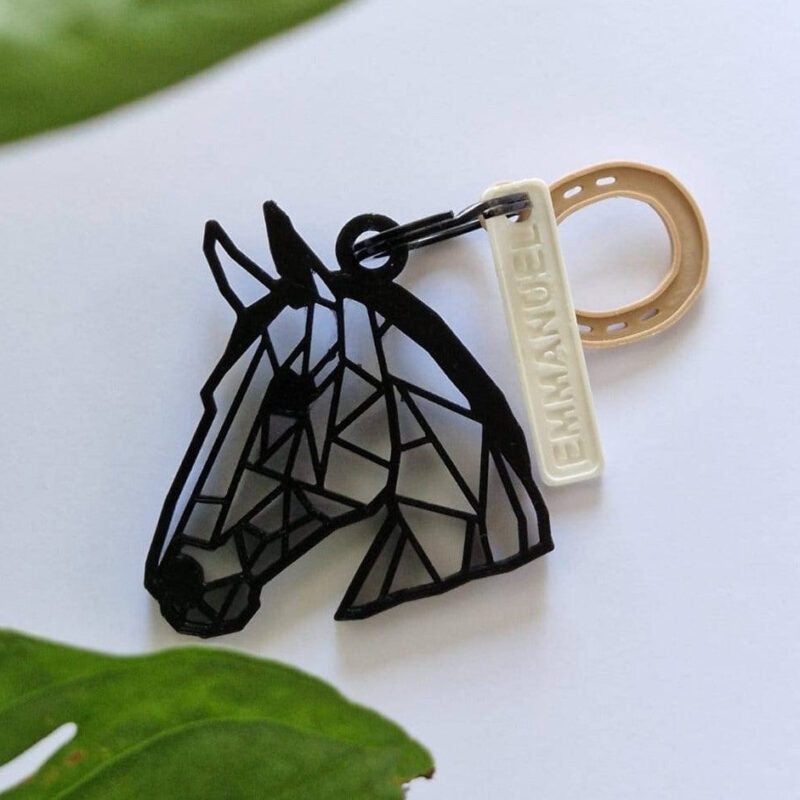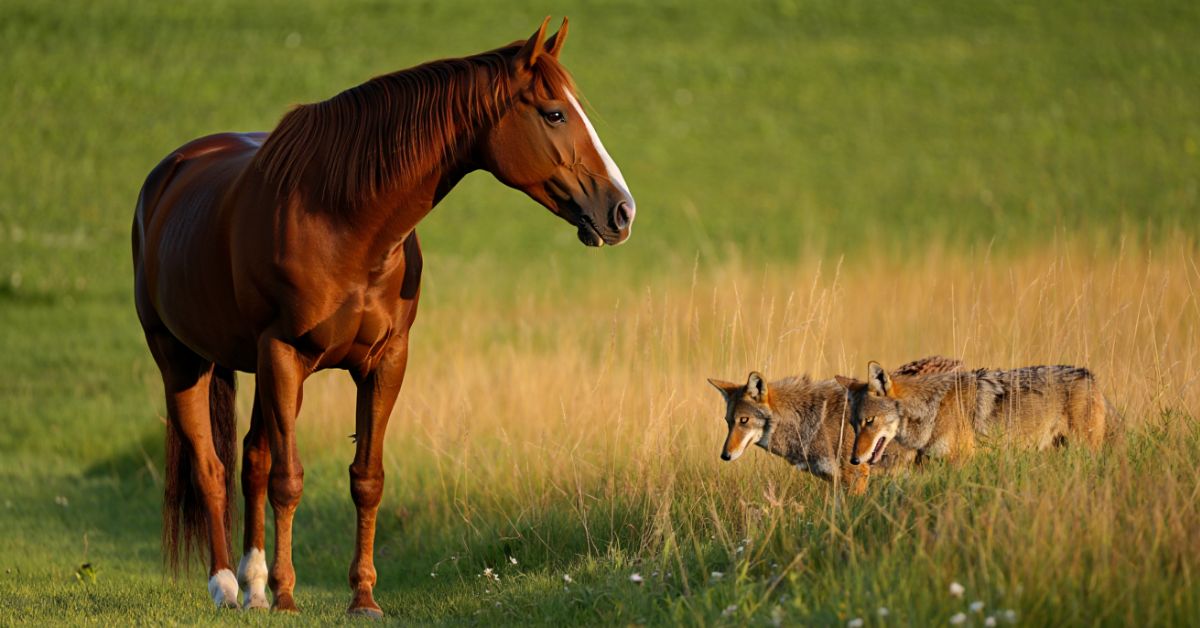
Will Coyotes Attack Horses? The Truth Every Owner Must Know
You've heard the howls at dusk. You've seen the tracks near your pasture. And now you're wondering: will coyotes attack horses?
Here's the straight answer: Adult horses are rarely attacked by coyotes, but foals, miniature horses, and weakened equines face a real threat. Understanding when, why, and how coyote attacks occur can mean the difference between peace of mind and a devastating loss.
In this comprehensive guide, you'll discover which horses are truly at risk, recognize the warning signs of coyote presence, and implement proven protection strategies that work. Let's dive into what every horse owner needs to know about this misunderstood predator.
🐺 Understanding the Coyote Threat to Horses
The Reality of Coyote Predation Risk
Coyotes are opportunistic predators, not reckless ones. A healthy adult horse weighing 1,000+ pounds isn't on their menu—it's simply too large, too fast, and too dangerous.
But here's what changes the equation:
The coyote vs horse size disparity matters less when we're talking about a 50-pound foal or a miniature horse. These smaller equines fall within the prey range that coyotes actively hunt.
Do coyotes kill horses? Documented cases exist, but they're overwhelmingly concentrated in specific scenarios. Research from wildlife management agencies shows that coyote attacks on horses typically target:
-
Newborn foals (under 2 weeks old)
-
Miniature horses and small ponies
-
Sick or injured horses unable to defend themselves
-
Isolated equines separated from the herd
When Do Coyotes Attack Horses?
Timing is everything. Coyote hunting habits follow predictable patterns:
Night predators horses face the highest risk during:
-
Dusk to dawn hours (peak coyote activity)
-
Foaling season (spring typically)
-
Winter months when natural prey is scarce
-
Drought periods affecting their usual food sources
A coyote pack attack is more concerning than a lone coyote. While individual coyotes rarely challenge even young horses, a coordinated pack can bring down vulnerable targets through persistence and teamwork.
🎯 Which Horses Are Most Vulnerable?
Foal Vulnerability to Coyotes: The Critical First Weeks
Let's talk about foal vulnerability to coyotes—this is where horse owners need maximum vigilance.
Mare and foal protection during the first 14 days is non-negotiable. Newborns are:
-
Unsteady on their feet
-
Learning defensive behaviors
-
Small enough to be targeted by a coyote pack
-
Instinctively separated from their mother during early exploration
Pro tip from years of horse management: Never leave a mare and newborn foal in an open pasture overnight during the first two weeks. This simple rule has prevented countless tragedies.
The Miniature Horse Coyote Risk
Miniature horses face ongoing vulnerability, not just as foals. At 150-350 pounds fully grown, they're within the easiest prey for coyotes category.
Risk to ponies from coyotes increases significantly if they:
-
Graze alone without larger horse companions
-
Have access to brushy areas with limited visibility
-
Are kept in properties bordering wild lands
Vulnerable Horses: Health & Age Factors
Sick or injured horse predation occurs because coyotes are expert opportunists. They observe from a distance and identify:
-
Limping or slow-moving horses
-
Elderly horses with diminished reflexes
-
Animals weakened by illness or malnutrition
-
Horses with impaired vision or hearing
🛡️ Protecting Horses from Coyotes: Proven Strategies
Can a Horse Defend Itself from a Coyote?
Yes—and it's impressive to witness. Horse defensive behavior includes:
-
Striking with front hooves (a single kick can be lethal)
-
Charging aggressively toward threats
-
Herding younger animals to the center for protection
-
Vocal warnings (snorting, neighing) to alert the group
Coyotes and adult horses typically maintain mutual respect. Healthy adult horses are formidable defenders, and coyotes know it.
But don't rely solely on natural defenses. Proactive protection is essential.
Essential Protection Measures
1. Fencing for Predator Protection 🚧
Your first line of defense against coyotes in horse pasture intrusions:
-
Minimum 5-foot height (6 feet is better)
-
No gaps at ground level (coyotes can squeeze through surprisingly small spaces)
-
Woven wire or no-climb fencing rather than traditional barbed wire
-
Electric wire addition at nose-height (10-12 inches) deters approach behavior
-
Regular inspection for damage or dig-under attempts
2. Securing Barn at Night 🌙
Night predators horses encounter can be deterred with proper barn protocols:
-
Bring vulnerable horses inside after dusk
-
Install motion-activated lighting around barn and paddocks
-
Keep barn doors securely closed (not just partially shut)
-
Remove attractants like feed spills that draw rodents (which draw coyotes)
3. Livestock Guardian Animals (LGD) 🐕
This is where predator control for horses gets seriously effective:
Donkeys protecting horses: A single standard donkey can guard an entire pasture. They're naturally aggressive toward canines and will chase, kick, and even kill coyotes. Choose a standard size (not miniature) gelding or jenny for best results.
Llamas protecting horses: Excellent guardians that bond with horse herds. They're alert, territorial, and intimidating to coyotes. One llama can effectively protect 5-10 acres.
Livestock Guardian Dogs (Great Pyrenees, Anatolian Shepherds): The gold standard for large properties. These breeds are specifically developed for protecting livestock from wildlife around horses.
4. Habitat Management & Pasture Design 🌾
Pasture management and predators go hand-in-hand:
-
Clear brush and tall grass within 50 feet of fence lines (eliminates cover)
-
Rotate grazing to avoid overgrown areas
-
Remove carcasses immediately (don't leave them to decompose in pasture)
-
Keep horses in groups rather than isolating individuals
Signs of Coyote Presence You Can't Ignore
Recognizing signs of coyote presence helps you assess threat levels:
-
Tracks: Four-toed prints with claw marks, about 2.5 inches long
-
Scat: Often contains fur, bones, and berries
-
Howling: Especially at dawn and dusk
-
Increased agitation in your horses during certain hours
-
Missing or killed small livestock (chickens, cats)
Coyote Deterrents for Horses That Actually Work
Preventing coyote attacks requires multiple layers:
Sensory Deterrents:
-
Motion-activated sprinklers
-
Strobe lights or flashing devices
-
Noise makers (radios, alarm systems)
-
Predator urine markers (wolf or mountain lion)
Note: Deterrents lose effectiveness over time as coyotes habituate. Rotate methods every 2-3 weeks.
🌍 Special Considerations: Location Matters
Urban Coyote Threat Horses Face
Urban coyote threat horses encounter is actually increasing. Suburban sprawl creates overlap zones where:
-
Coyotes adapt to human presence
-
Natural prey is limited, increasing boldness
-
Horse properties border greenbelts or parks
-
Coydogs (coyote-dog hybrids) may show less natural wariness
Coyote Behavior Around Livestock in Different Regions
Coyote behavior around livestock varies geographically:
-
Western states: Larger, more established populations with natural wariness
-
Eastern states: Newer populations, sometimes bolder around domestic animals
-
Desert regions: More desperate during drought, higher risk periods
-
Forested areas: More cover for stalking behavior
💡 What to Do During Coyote Encounters Horse Owners Face
If you witness coyote encounters horse owners dread:
-
Don't panic – assess whether it's observation or aggression
-
Make yourself large and loud – yelling and waving arms
-
Never run – this triggers chase instinct
-
Throw objects near (not at) the coyote – establish human dominance
-
Report bold or aggressive coyotes to wildlife authorities
-
Document the incident – photos, time, behavior observed
🔍 The Impact of Coyote Hunger on Behavior
Understanding coyote diet large animals and impact of coyote hunger is crucial:
Coyotes typically eat:
-
Rabbits, rodents, and small mammals (70% of diet)
-
Birds and eggs
-
Insects and fruit (opportunistic feeding)
-
Carrion when available
They turn to coyotes and domestic animals primarily when:
-
Natural prey populations crash
-
Human encroachment limits hunting territory
-
Pack size increases competition for resources
-
Severe weather restricts normal hunting
This is why coyote predation risk spikes during extreme conditions.
FAQ: Will Coyotes Attack Horses?
Q: Can a single coyote kill an adult horse?
A: Extremely unlikely. Adult horses are far too large and powerful. A healthy adult horse can easily defend itself and will typically chase away a lone coyote. The real concern is coyote packs targeting vulnerable horses.
Q: What time of year are coyote attacks most common?
A: Spring (foaling season) and winter present the highest risk. Spring brings vulnerable newborn foals, while winter scarcity makes coyotes more desperate and bold. Always increase vigilance during these periods.
Q: Do I need a livestock guardian if I only have adult horses?
A: It depends on your location and herd composition. If you're in high coyote territory, plan to breed, or have miniature horses, yes—absolutely invest in guardian animals. For adult riding horses in low-risk areas, excellent fencing may suffice.
Q: How can I tell if coyotes are scouting my property?
A: Watch for tracks near water sources and fence lines, increased howling at dusk/dawn, horses gathered nervously in one area of pasture, and disrupted behavior patterns. Trail cameras near vulnerable areas provide excellent monitoring.
Q: Are coyotes more dangerous than wolves to horses?
A: Actually, wolves pose a greater threat to adult horses than coyotes do. However, wolves are absent from most areas where horses are kept. In regions where both exist, wolves are the primary concern for all age classes of horses.
🎯 Final Thoughts: Your Action Plan
Will coyotes attack horses? Now you know the nuanced answer: they can, and they will—under specific circumstances.
Your horse safety measures should include:
✅ Proper fencing for predator protection (5-6 feet, secure bottom)
✅ Securing barn at night for vulnerable horses
✅ Consider livestock guardian animals (donkeys, llamas, or LGDs)
✅ Stay alert to signs of coyote presence
✅ Never leave newborn foals outside overnight
✅ Keep miniature horses with larger companions or protected
The good news? With proper precautions, coyote threat to horses is entirely manageable. Thousands of horse owners in coyote territory successfully protect their animals every single day.
Remember: prevention is always easier than response. Don't wait for an incident to implement these strategies.
💬 Join the Conversation!
And you, what's your experience with coyotes around your horses? Have you implemented any of these protection strategies? Share your story and tips in the comments below! 👇
Want to dive deeper into horse safety? Explore our complete guide on "Predator-Proofing Your Horse Property" for advanced strategies and seasonal checklists.
Never miss critical horse care advice! Subscribe to our newsletter and get expert tips, seasonal reminders, and exclusive guides delivered straight to your inbox. Your horses deserve the best protection—let's make it happen together! ✨🐴
